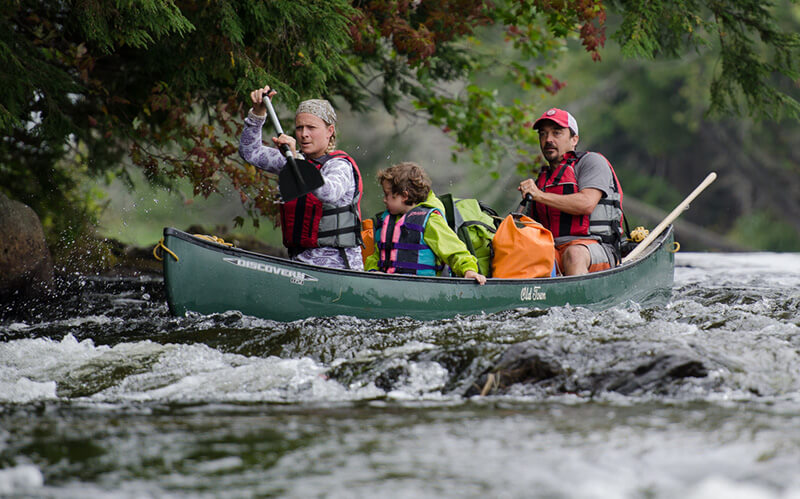Learning to Paddle Episode 1: Basic Canoe Paddle Strokes
My name is Dave Conley and I'm the owner of Canoe the Wild, a guide service based out of eastern Maine. I've been paddling the rivers of Maine and Canada for more than 30 years as well as teaching outdoor education programs.
Paddling with a partner can be a challenge if you don't have the basics down. In this series we'll be showing you some techniques that make tandem paddling fun and exciting.
GETTING STARTED: BASIC CANOE PADDLE STROKES
To start let's go over some of the basic strokes that make up most of the maneuvers you would use to move your canoe.
FORWARD STROKE
The first and most common is the forward stroke. It's also the most natural stroke: just place your canoe paddle in the water ahead of you and pull the blade straight back.
J STROKE
The stern partner will tend to overpower the bow a person, so we'll need to add a stroke to keep the canoe moving in a fairly straight line. To make the J stroke, twist your wrist away from your body and align the blade with the broad side of the canoe. By holding it there for a second or two, the blade becomes a rudder and provides just enough correction to keep canoe on track.
DRAW
A draw is a move that is used to either move the boat sideways or change direction. To form a draw, stretch your paddle out over the water on your side of the canoe and then pull the water toward you - or draw to your hip.
CROSS DRAW
A cross draw, which is only performed in the bow of a tandem canoe, is done by crossing over to the opposite side. With a stiff forward arm, hold your paddle vertical in the water and your upper arm tucking into your side so as not to tweak a muscle. This is a very effective stroke to turn the canoe from the bow.
STERN PRY
The final stroke we'll demonstrate today is the stern pry. It could be helpful to think of this as the opposite of the draw, in which you slice the blade of your paddle into the water and against the hull. You then use the gunnel as a fulcrum, twisting and prying the water away from the canoe. When done correctly, the stern pry is one of the most powerful moves in guiding your canoe.
When tandem paddling, both the bow and stern partners have important roles with control and responsibility. We'll see just how true that is as we take these strokes and combine them into maneuvers to move you through the water with ease.







